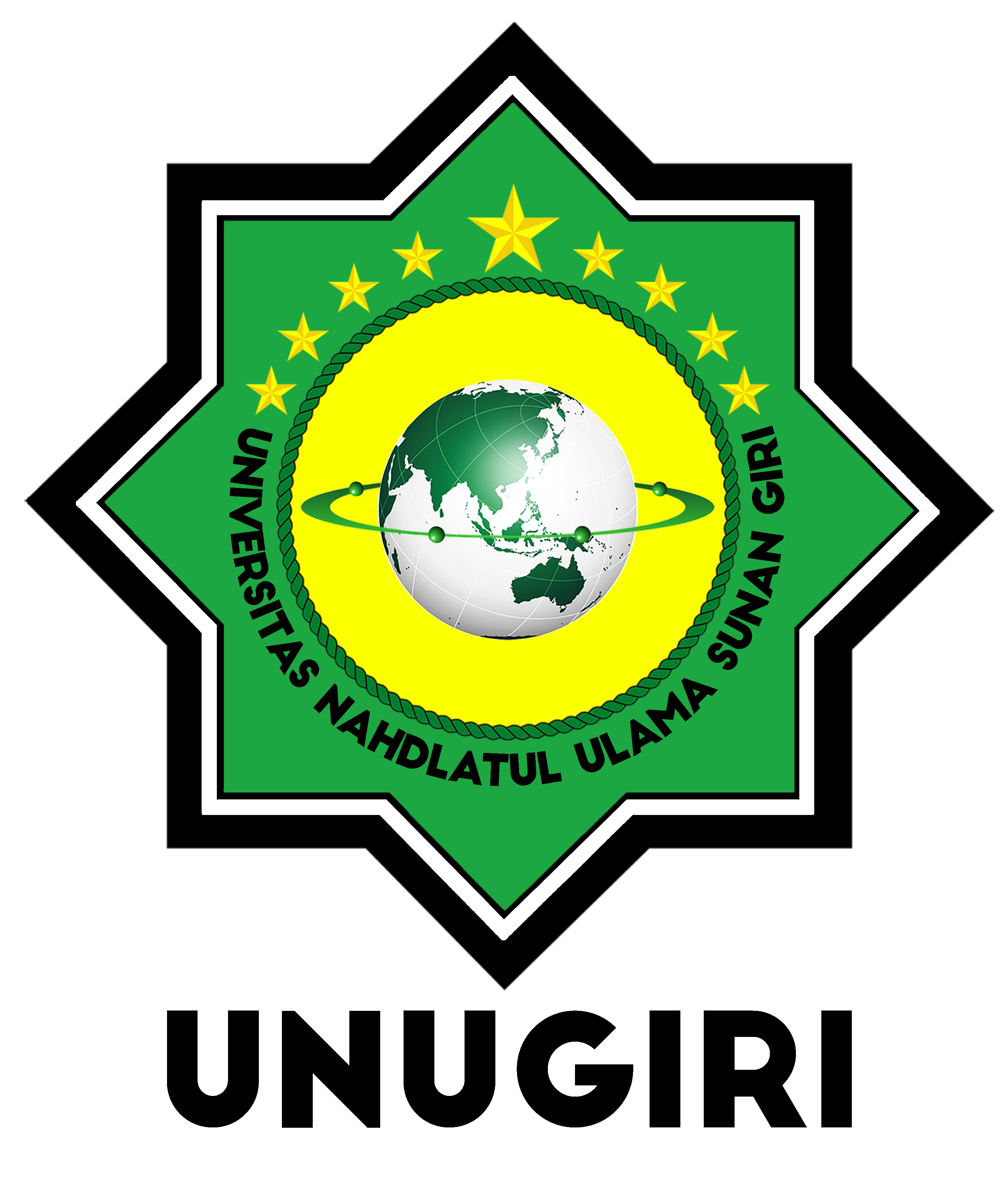Implementasi Algoritma Genetika untuk Estimasi Parameter Model Matematika SEIR
 PDF Download: 534
PDF Download: 534
DOI:
https://doi.org/10.32665/james.v7i1.1940Keywords:
Genetic Algorithm, SEIR Model, COVID-19, Parameter Estimation, Algoritma Genetika, Model SEIR, Estimasi ParameterAbstract
Model matematika penyebaran penyakit yang paling umum digunakan adalah model SEIR (Susceptible-Exposed-Infected-Recovered). Dinamika model SEIR bergantung pada banyak faktor, salah satunya adalah pada nilai parameter model. Pada penelitian ini, dijelaskan langkah-langkah mengestimasi parameter pada model matematika SEIR menggunakan algoritma genetika. Algoritma genetika adalah teknik optimisasi dan pencarian berbasis prinsip genetika dan seleksi alam. Dataset kumulatif kasus positif COVID-19 di provinsi DKI Jakarta, Indonesia, digunakan sebagai bentuk pengimplementasian metode. Terdapat empat parameter yang diestimasi yaitu laju infeksi β, laju transisi α, laju kesembuhan ε, dan laju kematian akibat penyakit μ_1. Berdasarkan hasil estimasi, algoritma genetika mampu mendapatkan nilai-nilai parameter terbaik dengan error sebesar 8.90%. nilai parameter yang diperoleh adalah β=0.1908, α=0.5028, ε=0.0268, dan μ_1=0.1431.
References
N. Nuraini, K. K. Sukandar, P. Hadisoemarto, H. Susanto, A. I. Hasan, and N. Sumarti, “Mathematical models for assessing vaccination scenarios in several provinces in Indonesia,” Infect. Dis. Model., vol. 6, pp. 1236–1258, 2021, doi: 10.1016/j.idm.2021.09.002.
X. Li, L. Cai, M. Murshed, and J. Wang, “Dynamical analysis of an age-structured dengue model with asymptomatic infection,” J. Math. Anal. Appl., vol. 524, no. 2, p. 127127, 2023, doi: 10.1016/j.jmaa.2023.127127.
A. Sa’adah, D. A. Kamil, and G. E. Setyowisnu, “Modeling The Viral Dynamics of SARS-CoV-2 Infection On Tumor-Immune System Treated By Chemotherapy,” AIP Conf. Proc., vol. 2498, no. August, 2022, doi: 10.1063/5.0091002.
K. Das, B. S. N. Murthy, S. A. Samad, and M. H. A. Biswas, “Mathematical transmission analysis of SEIR tuberculosis disease model,” Sensors Int., vol. 2, no. July, p. 100120, 2021, doi: 10.1016/j.sintl.2021.100120.
D. Acharya and D. K. Das, “An efficient nonlinear explicit model predictive control to regulate blood glucose in type-1 diabetic patient under parametric uncertainties,” Biomed. Signal Process. Control, vol. 71, no. PA, p. 103166, 2022, doi: 10.1016/j.bspc.2021.103166.
F. Assegaf, R. Saragih, and D. Handayani, “Adaptive Sliding Mode Control for Cholera Epidemic Model,” IFAC-PapersOnLine, vol. 53, no. 2, pp. 16092–16099, 2020, doi: 10.1016/j.ifacol.2020.12.428.
Y. Zelenkov and I. Reshettsov, “Analysis of the COVID-19 pandemic using a compartmental model with time-varying parameters fitted by a genetic algorithm,” Expert Syst. Appl., vol. 224, no. December 2022, p. 120034, 2023, doi: 10.1016/j.eswa.2023.120034.
Windarto, S. W. Indratno, N. Nuraini, and E. Soewono, “A comparison of binary and continuous genetic algorithm in parameter estimation of a logistic growth model,” AIP Conf. Proc., vol. 1587, no. Symomath 2013, pp. 139–142, 2014, doi: 10.1063/1.4866550.
E. A. D. Kurniawan, F. Fatmawati, and A. Dianpermatasari, “Model Matematika SEAR dengan Memperhatikan Faktor Migrasi Terinfeksi untuk Kasus COVID-19 di Indonesia,” Limits J. Math. Its Appl., vol. 18, no. 2, p. 142, 2021, doi: 10.12962/limits.v18i2.7774.
P. Yarsky, “Using a genetic algorithm to fit parameters of a COVID-19 SEIR model for US states,” Math. Comput. Simul., vol. 185, pp. 687–695, 2021, doi: 10.1016/j.matcom.2021.01.022.
D. Okuonghae and A. Omame, “Analysis of a mathematical model for COVID-19 population dynamics in Lagos, Nigeria,” Chaos, Solitons and Fractals, vol. 139, p. 110032, 2020, doi: 10.1016/j.chaos.2020.110032.
Q. Sun, T. Miyoshi, and S. Richard, “Analysis of COVID-19 in Japan with extended SEIR model and ensemble Kalman filter,” J. Comput. Appl. Math., vol. 419, p. 114772, 2023, doi: 10.1016/j.cam.2022.114772.
Badan pusat statistik, “Angka harapan hidup (AHH) menurut provinsi dan jenis kelamin (Tahun) 2018-2020.” https://www.bps.go.id/indicator/40/501/1/angka-harapan-hidup-ahh-menurut-provinsi-dan-jenis-kelamin.html (accessed Jan. 31, 2024).
T. A. Prasetyo, R. Saragih, and D. Handayani, “Genetic algorithm to optimization mobility-based dengue mathematical model,” Int. J. Electr. Comput. Eng., vol. 13, no. 4, pp. 4535–4546, 2023, doi: 10.11591/ijece.v13i4.pp4535-4546.
A. I. Abdel Karim, “The stability of the fourth order Runge-Kutta method for the solution of systems of differential equations,” Commun. ACM, vol. 9, no. 2, pp. 113–116, 1966, doi: 10.1145/365170.365213.
Downloads
Published
Issue
Section
Categories
License
Copyright (c) 2024 Journal of Mathematics Education and Science

This work is licensed under a Creative Commons Attribution-NonCommercial-ShareAlike 4.0 International License.
Authors who publish with this journal agree to the following terms:
- Authors retain copyright and grant the journal right of first publication with the work simultaneously licensed under a Creative Commons Attribution License that allows others to share the work with an acknowledgment of the work's authorship and initial publication in this journal.
- Authors are able to enter into separate, additional contractual arrangements for the non-exclusive distribution of the journal's published version of the work (e.g., post it to an institutional repository or publish it in a book), with an acknowledgment of its initial publication in this journal.
- Authors are permitted and encouraged to post their work online (e.g., in institutional repositories or on their website) before and during the submission process, as it can lead to productive exchanges, as well as earlier and greater citation of published work
 PDF Download: 534
PDF Download: 534















